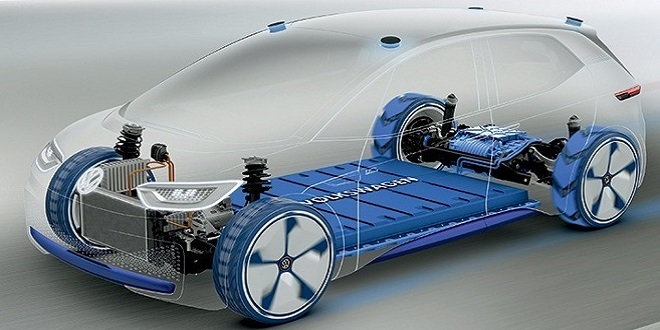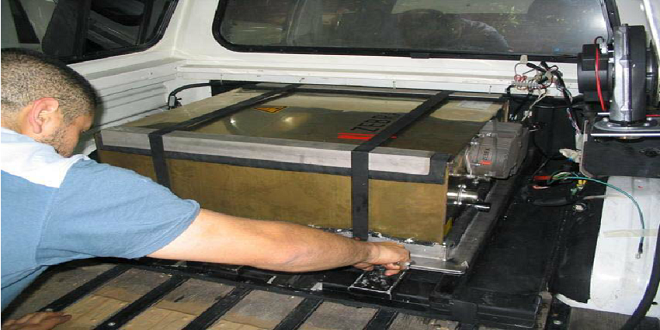Electrical and electronic principles

Safe working practices
Safe working practices in relation to electrical and electronic systems are essential, for your safety as well as that of others. You only have to follow two rules to be safe.
The following section lists some particular risks when working with electricity or electrical systems, together with suggestions for reducing them. This is known as risk assessment.
Risk assessment and reduction
lists some identified risks involved with working on vehicles, in particular the electrical and electronic systems. The table is by no means exhaustive but serves as a good guide.
Basic electrical principles
To understand electricity properly we must start by finding out what it really is. This means we must think very small (shows a representation of an atom). The molecule is the smallest part of matter that can be recognized as that particular matter.
Sub-division of the molecule results in atoms, which are the smallest part of the matter. An element is a substance that comprises atoms of one kind only. The atom consists of a central nucleus made up of protons and neutrons. Around this nucleus orbit electrons, like planets around the sun. The neutron is a very small part of the nucleus.
therefore neutral and has no polarity. The proton is another small part of the nucleus, it is positively charged. The neutron is neutral and the proton is positively charged, which means that the nucleus of the atom is positively charged.
The electron is an even smaller part of the atom and is negatively charged. It orbits the nucleus and is held in orbit by the attraction of the positively charged proton. All electrons are similar no matter what type of atom they come from When atoms are in a balanced state, the number of electrons orbiting the nucleus equals the number of protons.
The atoms of some materials have electrons that are easily detached from the parent atom and can therefore join an adjacent atom. In so doing these atoms move an electron from the parent atom to another atom (like polarities repel) and so on through material.
This is a random movement and the electrons involved are called free electrons Materials are called conductors if the electrons can move easily. In some materials, it is extremely difficult to move electrons from their parent atoms. These materials are called insulators.
Electron flow and conventional flow
If an electrical pressure (electromotive force or voltage) is applied to a conductor, a directional movement of electrons will take place (for example when connecting a battery to a wire). This is because the electrons are attracted to the positive side and repelled from the negative side.
With the switch closed, the surplus electrons at the negative terminal will flow through the lamp back to the electron-deficient positive terminal. The lamp will light and the chemical energy of the battery will keep the electrons moving in this circuit from negative to positive.
Last word
This movement from negative to positive is called the electron flow and will continue whilst the battery supplies the pressure – in other words, whilst it remains charged.




